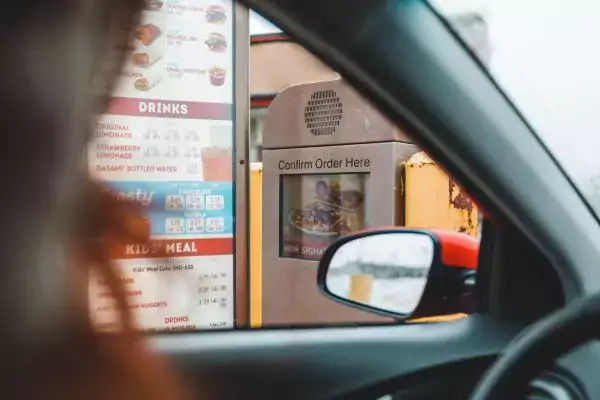Welcome to the 21st century, where anyone with a cell phone can turn your marketing campaign on its head. It was an “awkward moment” in 2013 when Subway was called by an Australian teenager who happened to notice his footlong sandwich was only 11 inches and posted about it on Facebook. Before long, the New York Post conducted its own investigation and found that four of seven sandwiches measured only 11 or 11.5 inches.
You can probably see where this is going—Subway’s parent company, Doctor’s Associates, recently settled a class-action lawsuit that consisted of anyone who had purchased a six-inch or foot-long sandwich from Jan. 1, 2003 to October 2, 2015.
While the settlement granted no monetary claims to potential members of the class, Subway had to pay $520,000 in attorney’s fees and agreed to institute practices for at least four years to ensure its bread meets the required 12 inches. The co-lead attorney for the class had the best line about the settlement: “It was difficult to prove monetary damages, because everybody ate the evidence.”
Subway should be commended for taking steps to address a compliance problem in their franchise network. This plan included four elements:
- Using a tool to measure bread in every Subway restaurant
- Conducting monthly compliance inspections where bread loaves are measured.
- Instituting internal penalties for Subway restaurants that sell non-compliant sandwiches
- Providing a consumer notice that warns consumers that due to “natural variations” in the bread-baking process, the size and shape of the bread may vary.
On paper, this plan would be adequate to prevent future violations. But keep in mind that a plan is just a plan without implementation. And so-called “implementation” is only as good as the system you use to verify it.
An attorney who commented on this case said it best when he wrote, “When it comes to class action defense, a penny of prevention is worth a pound of cure. The best way to succeed in any deceptive trade practices lawsuit is to never appear on plaintiffs’ radar screen in the first place.”
A Penny for Your Thoughts on Prevention
Having a system to verify compliance has clear benefits for building your brand and improving your product/service. But the Subway story drives home another reality: When you don’t take time to verify for compliance, you can be putting your brand at risk.
Have you weighed the risks of not having a system that ensures compliance in your marketing programs?
Take time to consider those areas of your marketing program that offer both risk and reward. And if you want to learn how Zenput’s mobile solution can help verify implementation, consider scheduling a free demo with us.
Subscribe to our blog
You are now subscribed!


